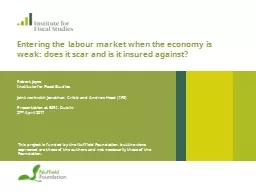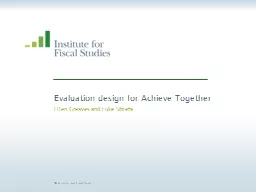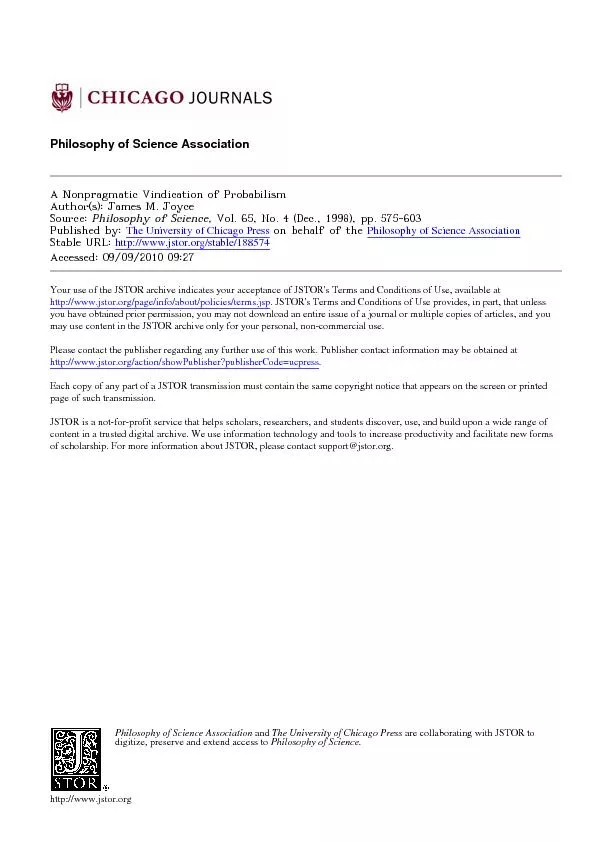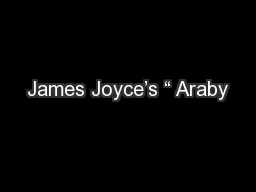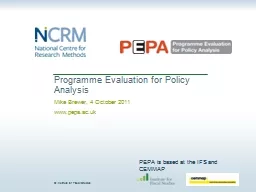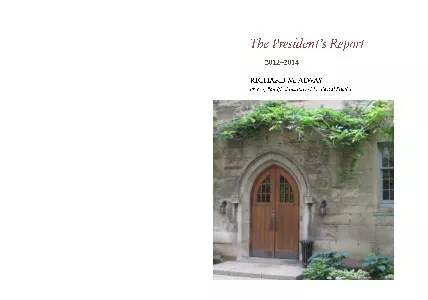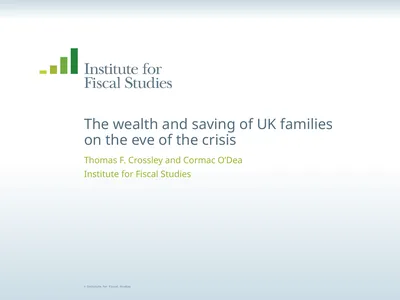PPT-Robert Joyce Institute for Fiscal Studies
Author : olivia-moreira | Published Date : 2018-10-05
Joint work with Jonathan Cribb and Andrew Hood IFS Presentation at ESRI Dublin 27 th April 2017 Entering the labour market when the economy is weak does it scar
Presentation Embed Code
Download Presentation
Download Presentation The PPT/PDF document "Robert Joyce Institute for Fiscal Studie..." is the property of its rightful owner. Permission is granted to download and print the materials on this website for personal, non-commercial use only, and to display it on your personal computer provided you do not modify the materials and that you retain all copyright notices contained in the materials. By downloading content from our website, you accept the terms of this agreement.
Robert Joyce Institute for Fiscal Studies: Transcript
Download Rules Of Document
"Robert Joyce Institute for Fiscal Studies"The content belongs to its owner. You may download and print it for personal use, without modification, and keep all copyright notices. By downloading, you agree to these terms.
Related Documents

